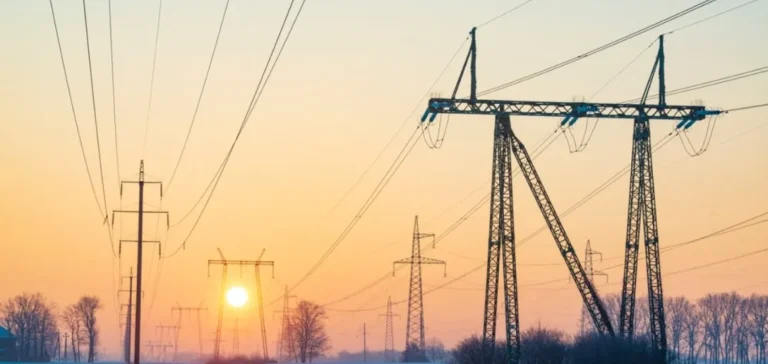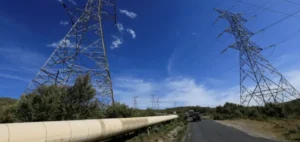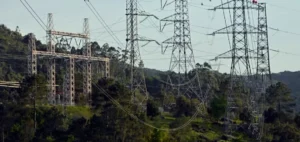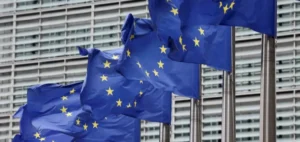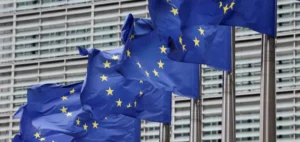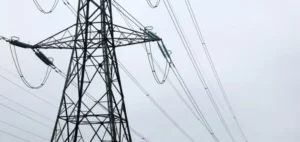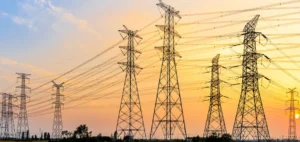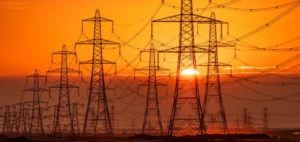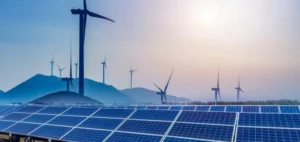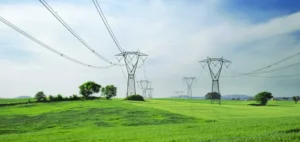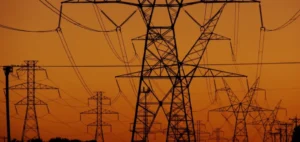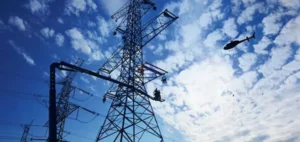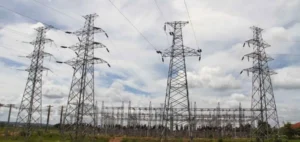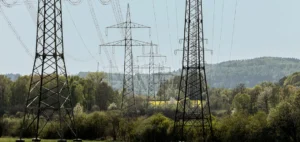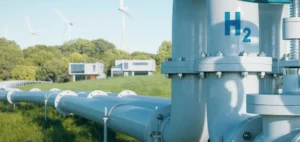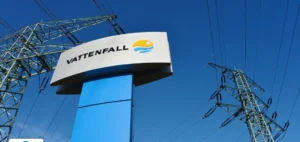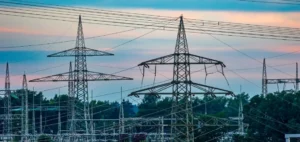Ukraine’s state-owned electricity transmission operator, Ukrenergo, has proposed a 20% increase in electricity transmission tariffs starting in 2026. The measure is intended to address rising technological expenses and the repayment of loans contracted abroad for the modernisation of energy infrastructure.
The proposal was made public by Kyiv-based consultancy ExPro. It is expected to be reviewed by regulatory authorities, with a decision anticipated by the end of the year. If approved, the increase will affect all users connected to the high-voltage transmission grid, including major industrial consumers and regional distributors.
Concerns over export competitiveness
Several Ukrainian producers have voiced concern, arguing that current transmission tariffs are already high. They fear that an additional increase would raise production costs, directly affecting the competitiveness of Ukrainian exports. The country’s industrial sector, which is heavily export-oriented, depends on stable and affordable energy supply to maintain market share.
The national economy relies heavily on exports, and any rise in energy costs could reduce the profit margins of exporting companies. The situation is particularly sensitive as other strategic sectors, such as rail transport, are also considering tariff adjustments. Ukrzaliznytsia, the state-owned railway company, recently announced plans to raise its own rates.
Pressure on an interconnected network
Ukraine’s power system remains under pressure, particularly due to its interconnections with European networks. Ukrenergo continues to invest in upgrading its transmission capacity to meet the technical requirements of the regional market while maintaining internal grid stability. These investments are partially funded through international loans that the company must now repay.
The National Energy and Utilities Regulatory Commission plays a key role in approving such tariff adjustments. The proposed increase is part of a broader strategy to secure the country’s critical infrastructure, amid ongoing economic uncertainty and rising energy demands.


